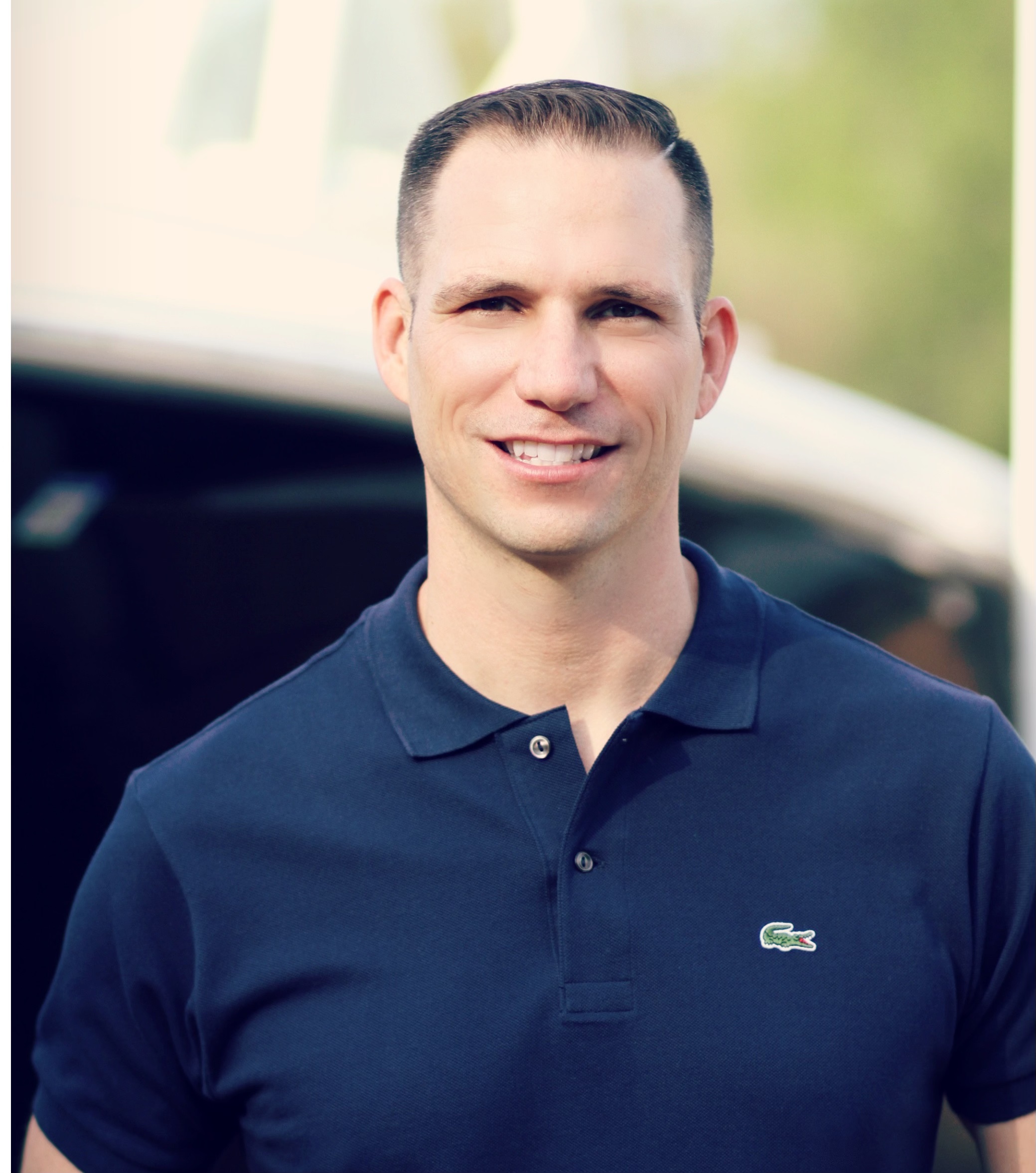 You have probably heard the term “clean eating” before – but what does that really mean? Well – there’s actually more than one definition , and Registered Dietitian Jae Berman recently helped Washington Post readers break down what it could mean for them.
You have probably heard the term “clean eating” before – but what does that really mean? Well – there’s actually more than one definition , and Registered Dietitian Jae Berman recently helped Washington Post readers break down what it could mean for them.
Berman explains that there is isn’t “one perfect plan” for everyone, and that it’s all about finding out what works best for you as an individual. So the first step is breaking down what your goals and values are based on your own activity level.
“Some physiologically need more fat, some need more carbs, and all need different mixes of vitamins and minerals,” Berman writes.” Behaviorally, there isn’t one plan that fits everyone’s lifestyle, either. Some of us cook daily, while some of us can’t make toast.”
Berman lists the following steps toward Clean Eating:
- Take time to look at the ingredients of all packaged foods, and look at your plate and note what you’re about to eat.
- If you can, find out where your food comes from, how it was raised or grown, and how far it traveled to make it to your plate.
- Determine key ingredients that you are motivated to avoid. What foods don’t feel good to you? Are you avoiding them?
- Decide what is truly realistic for you. Be honest with yourself about your lifestyle, and decide what is reasonable.
Check out more of her advice and the whole article here: Clean eating’ is a fuzzy term — and that’s why it works in the Washington Post.

